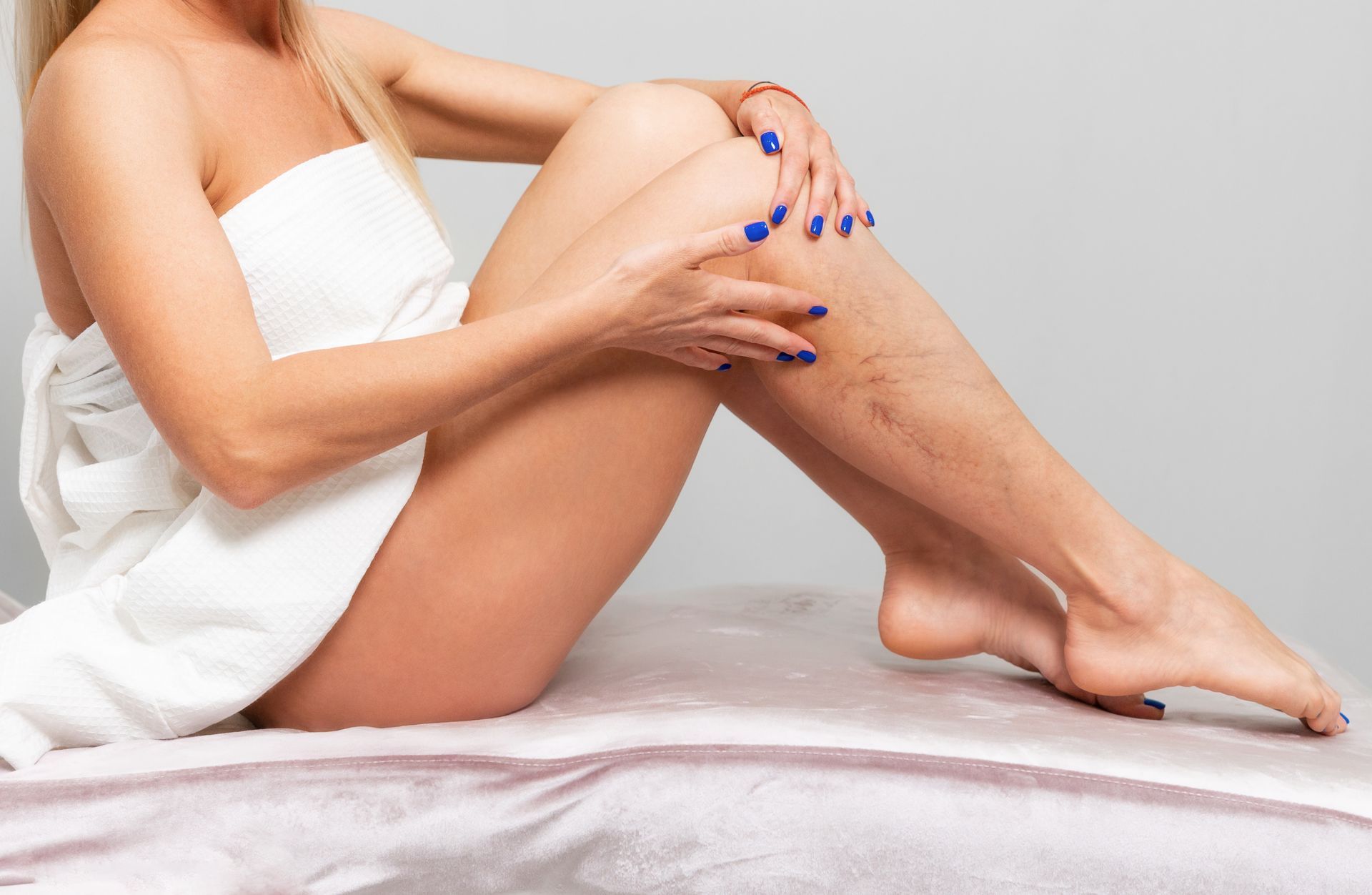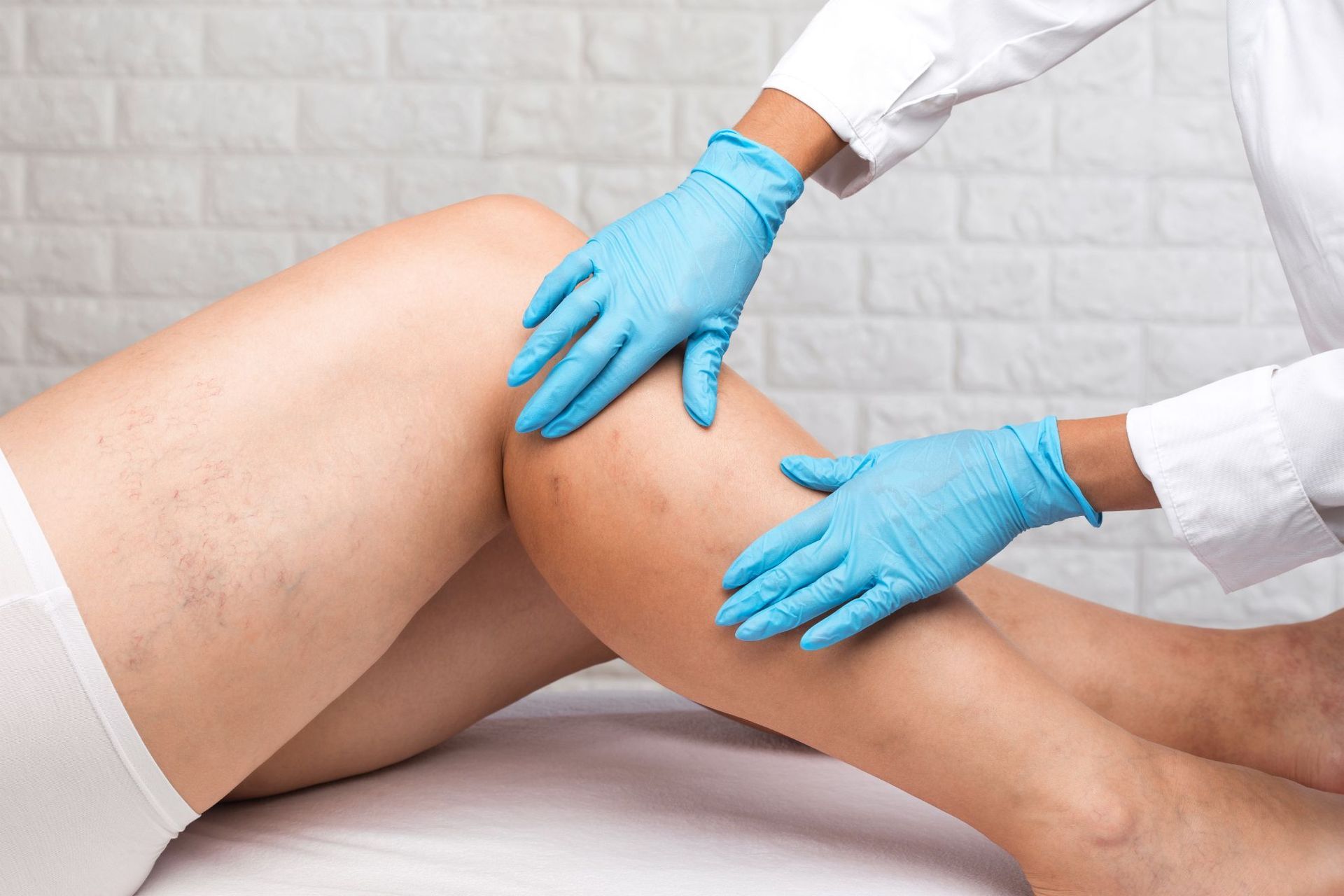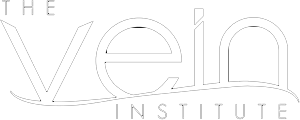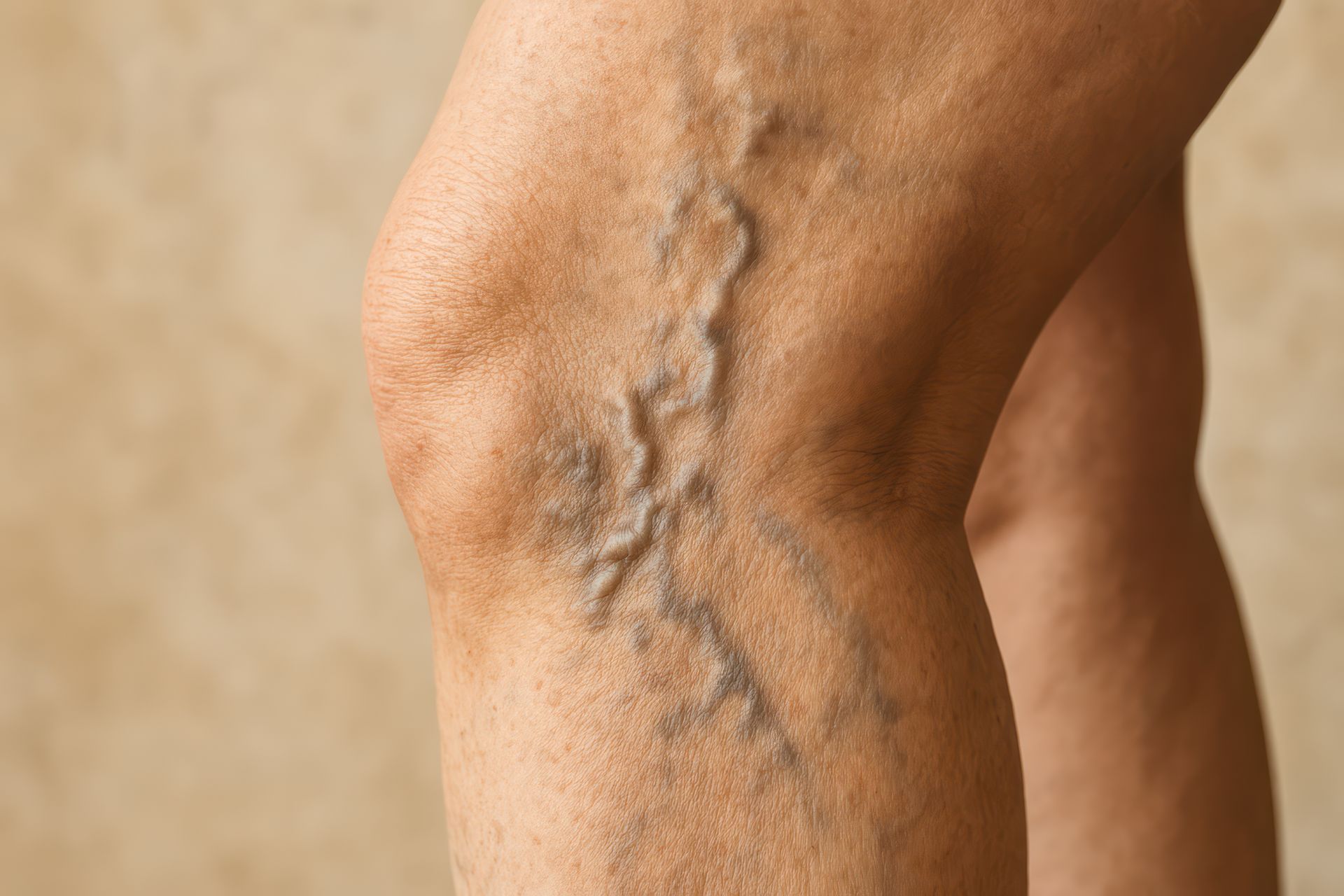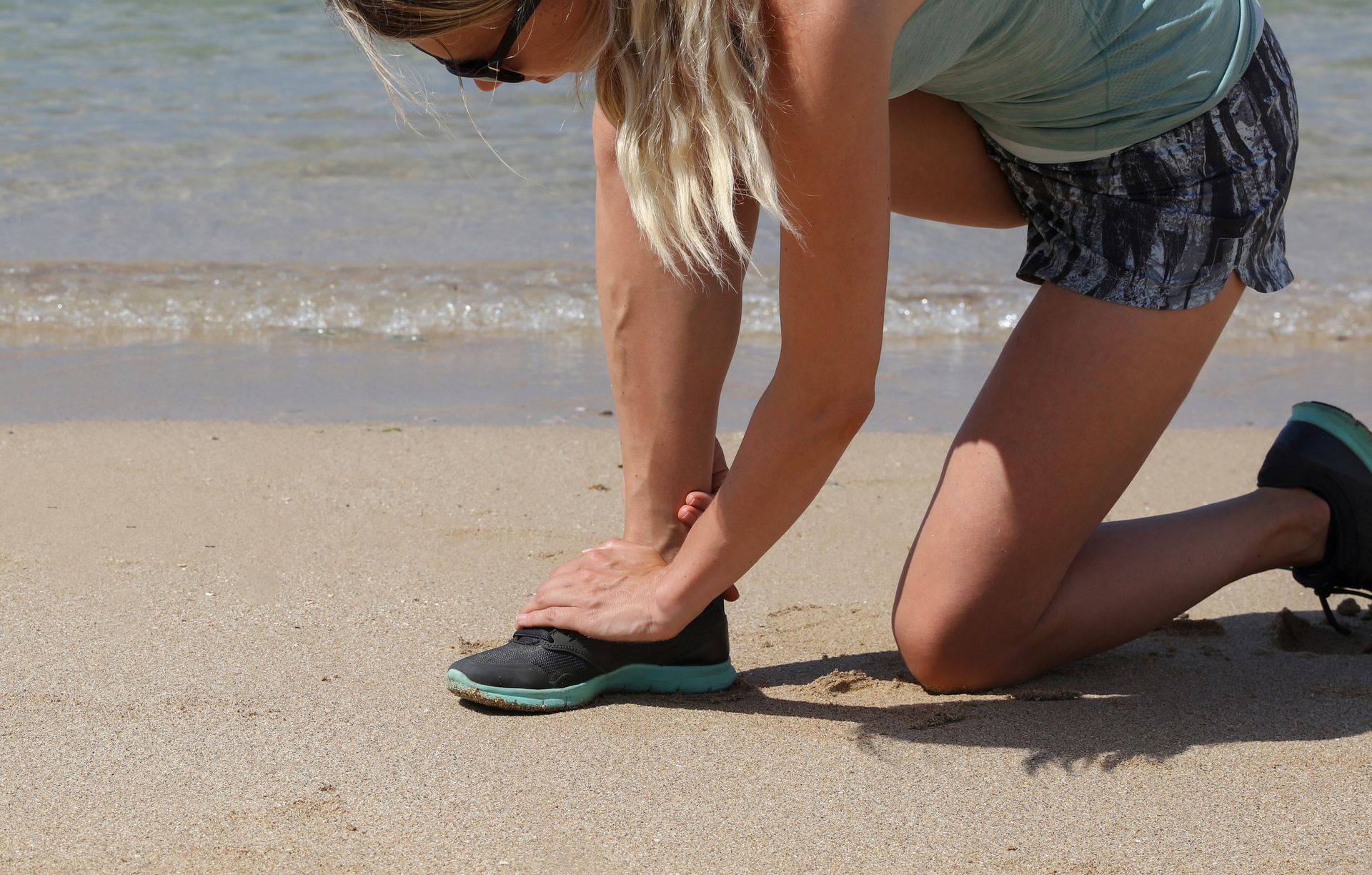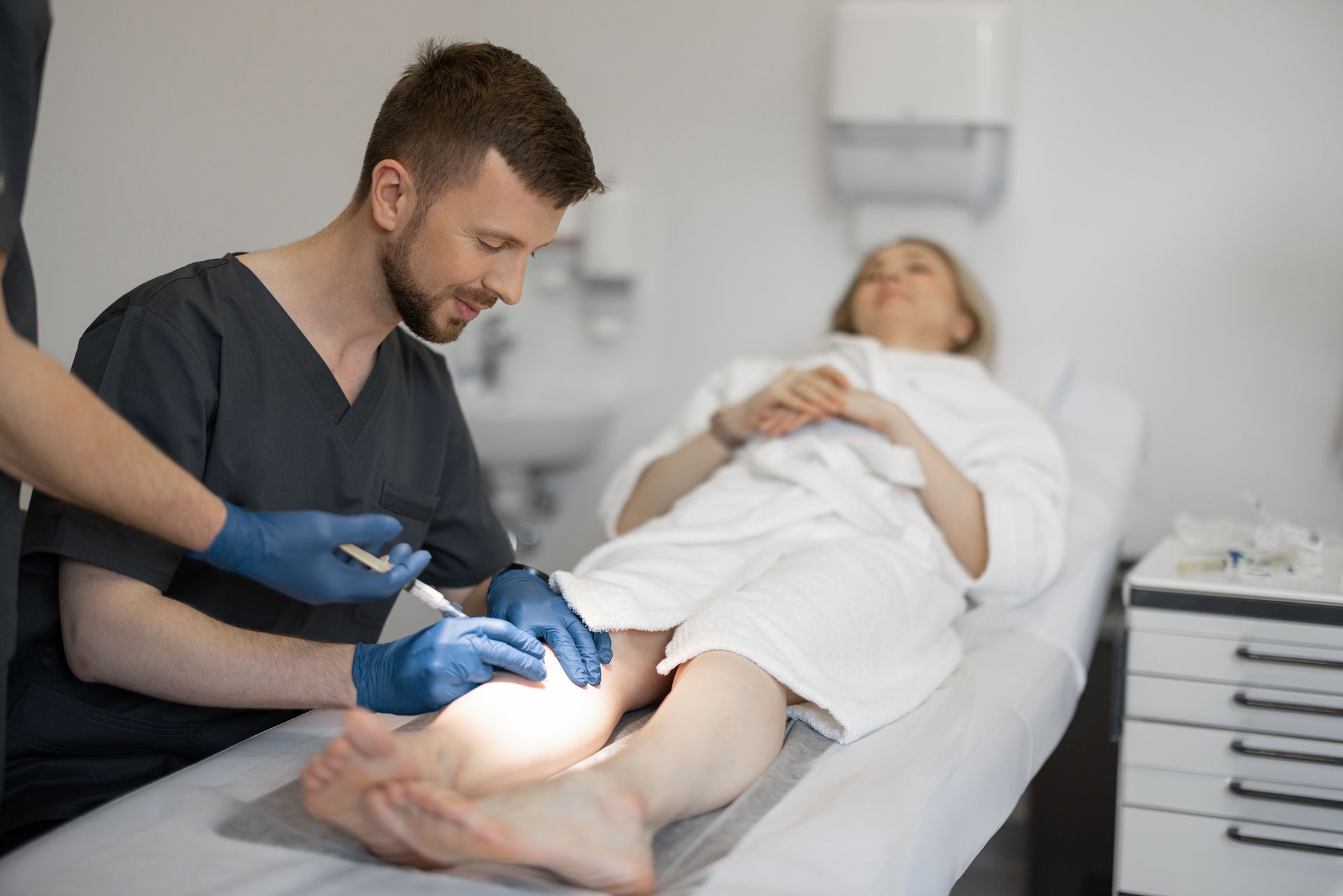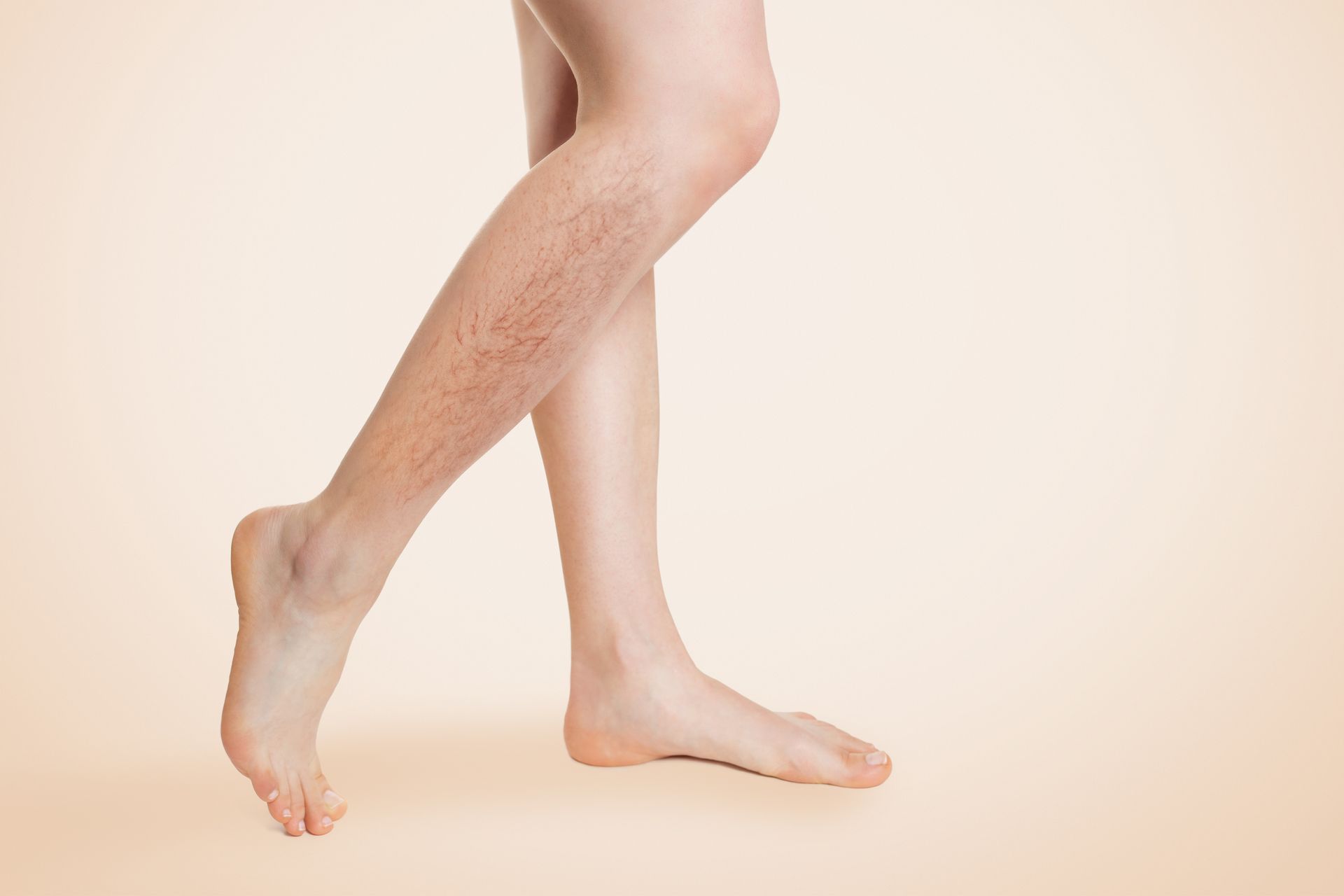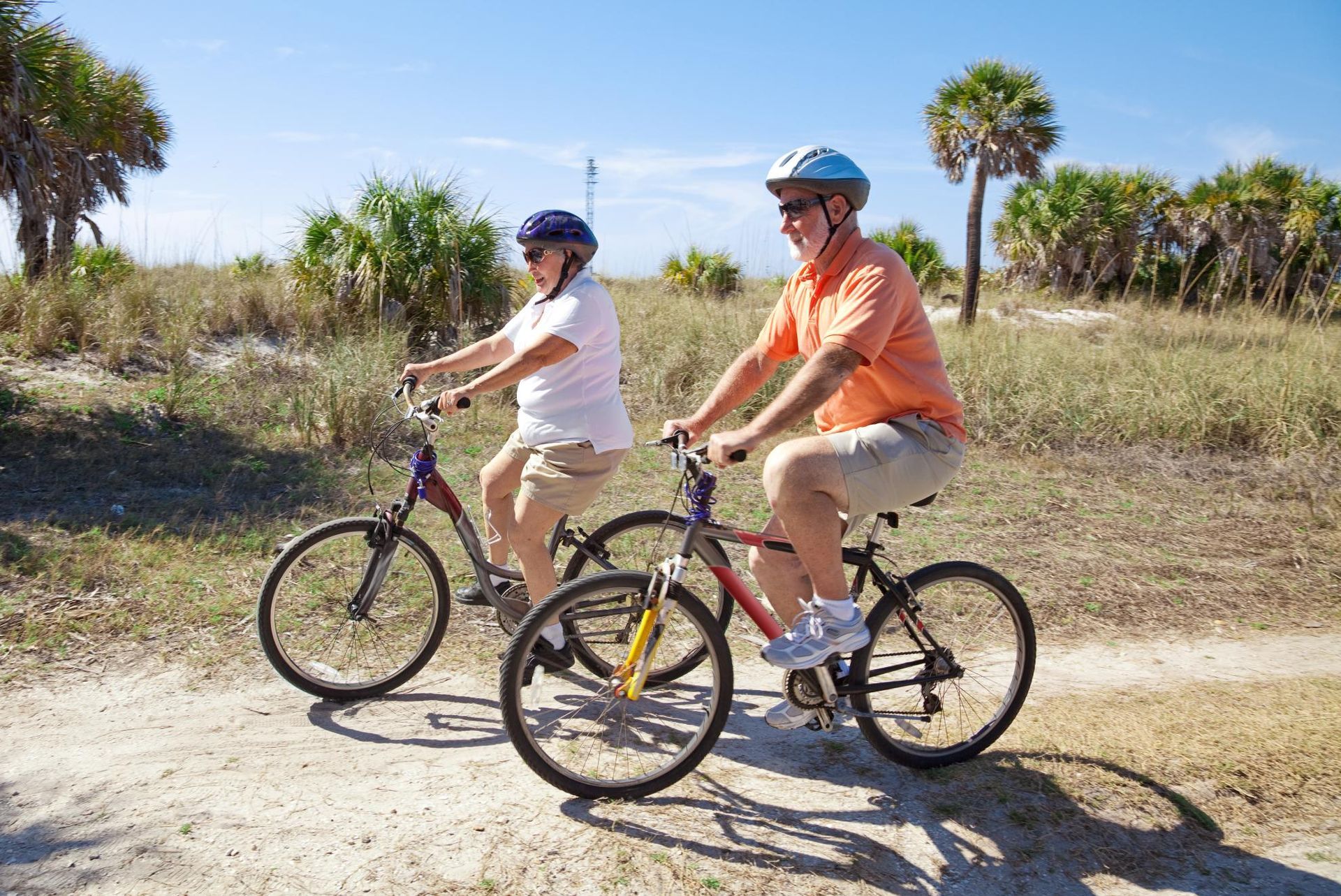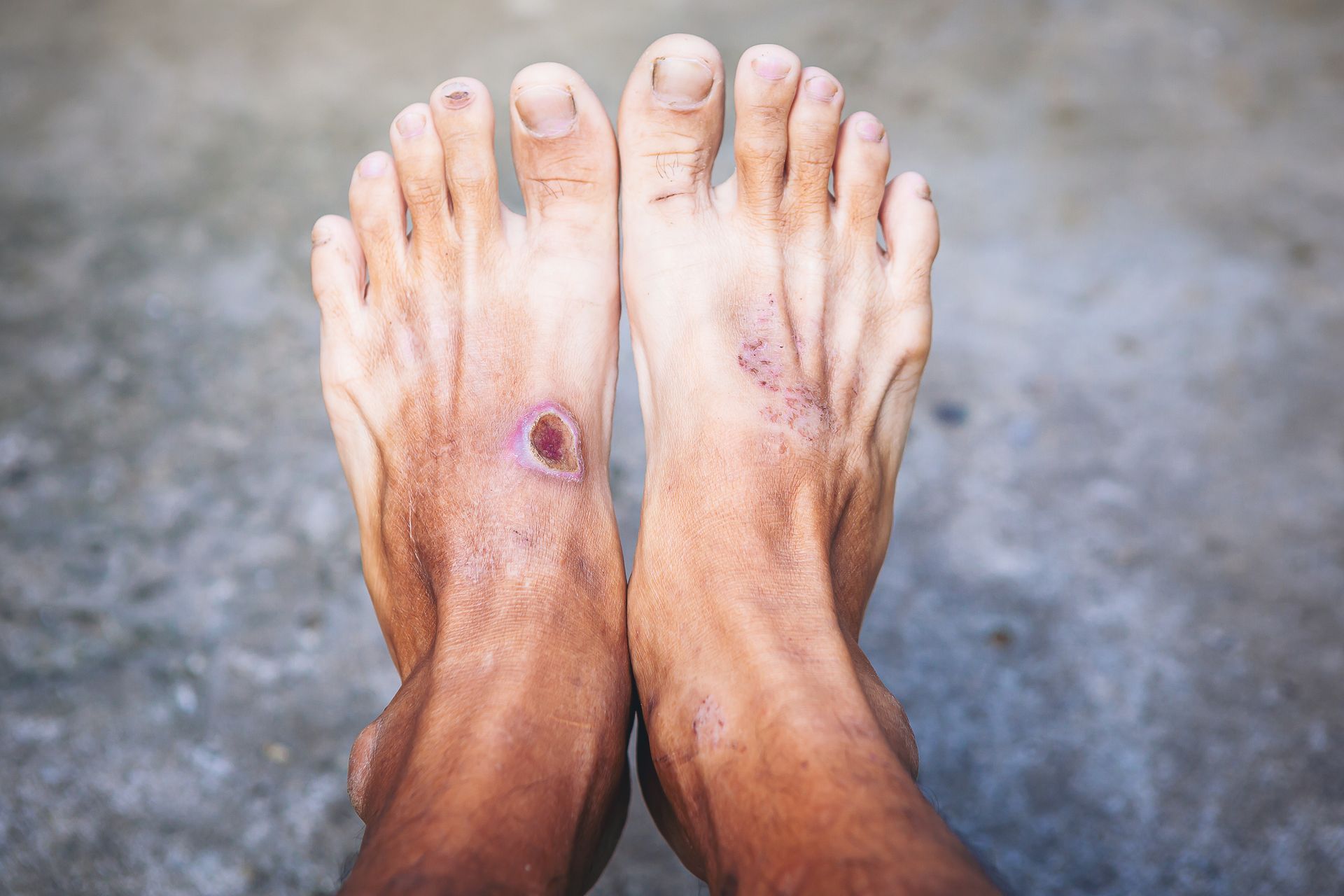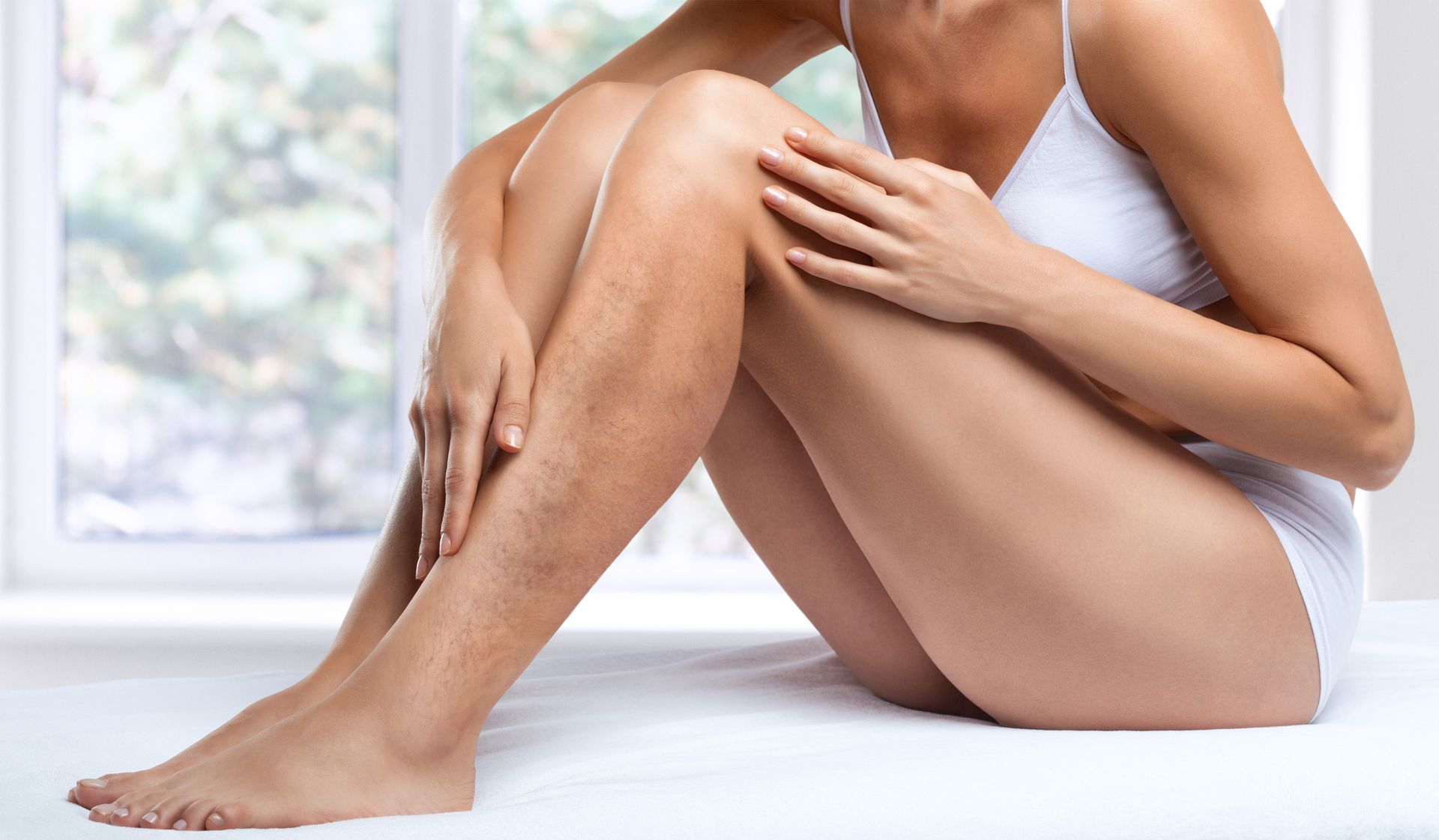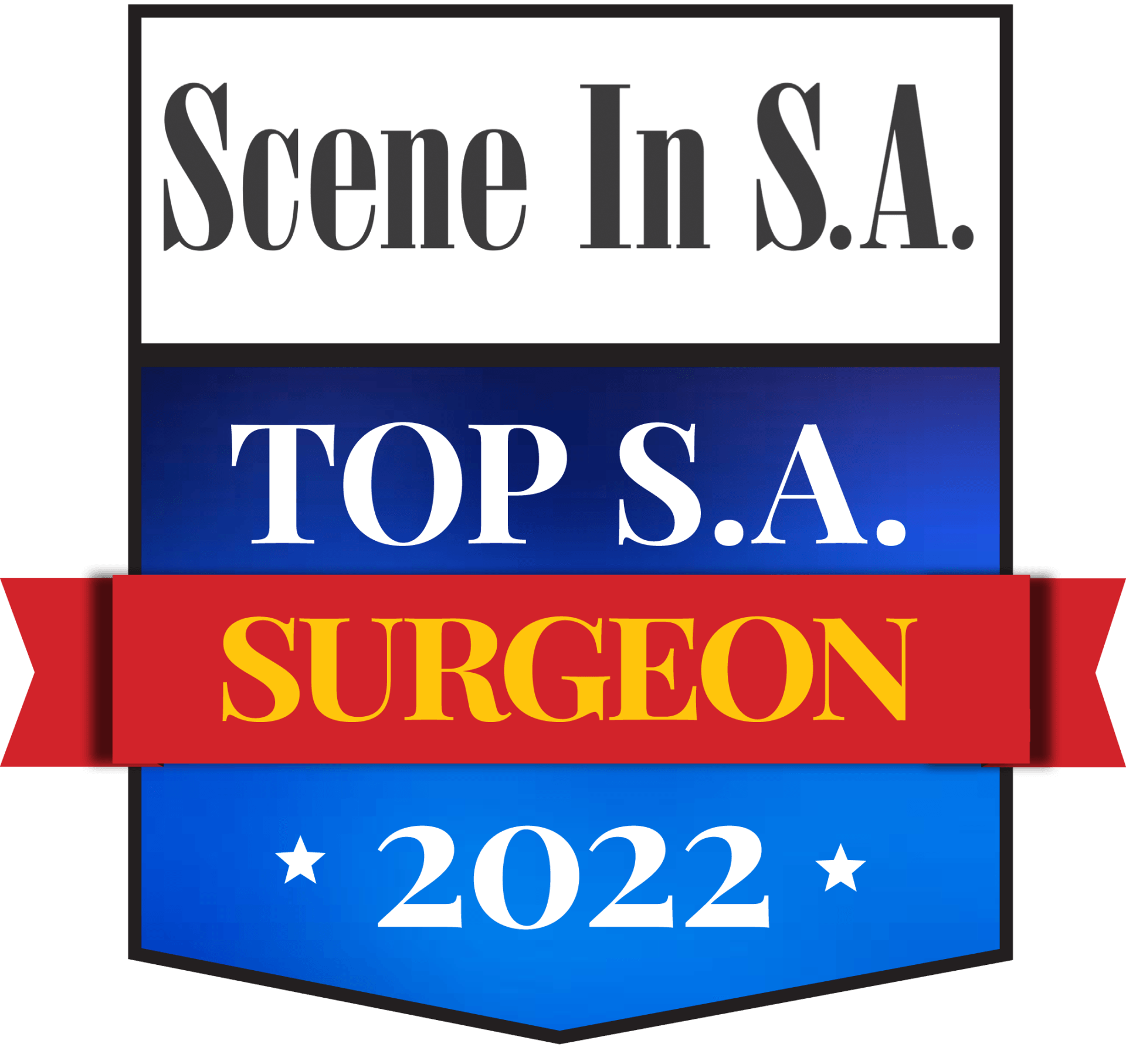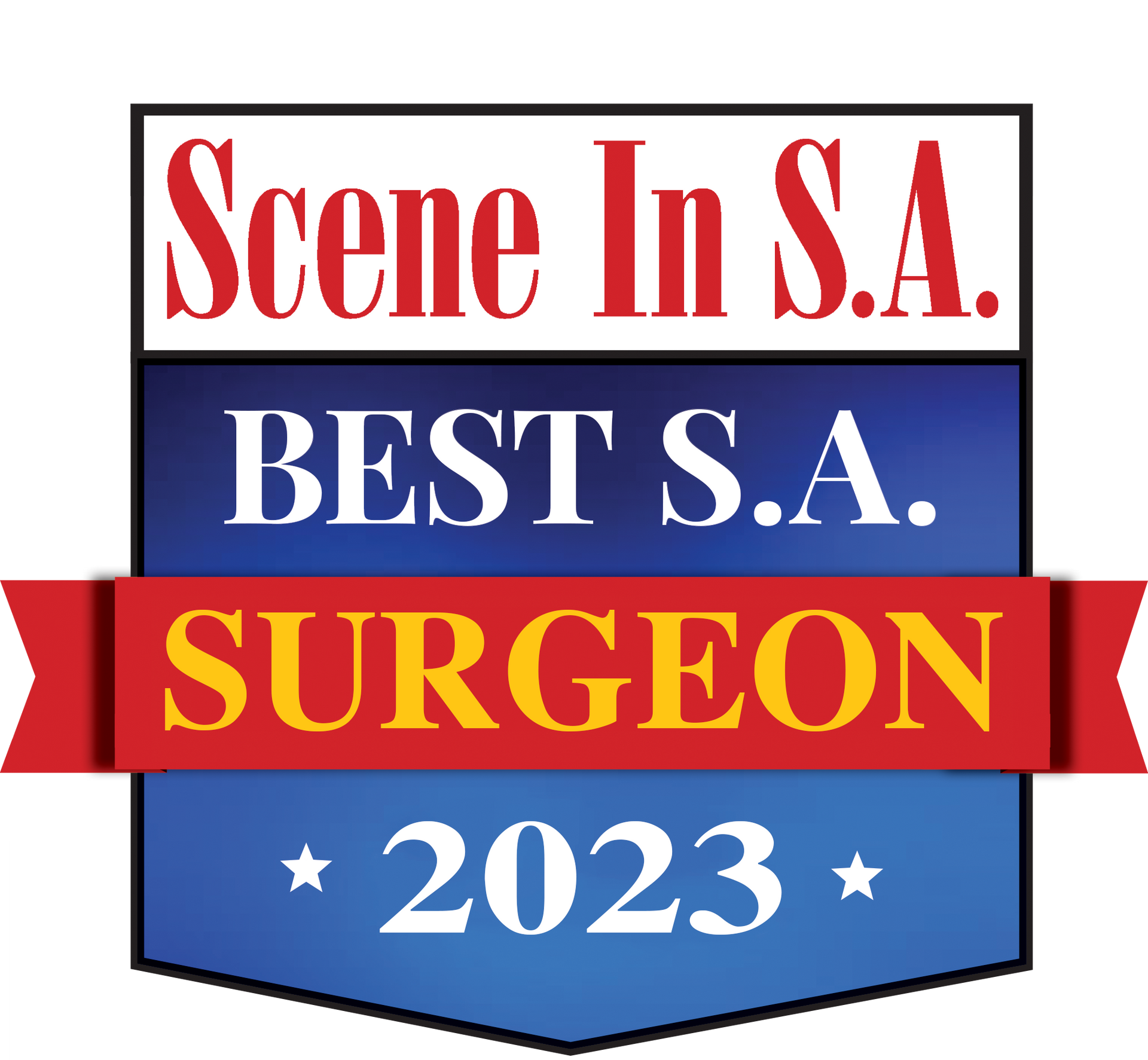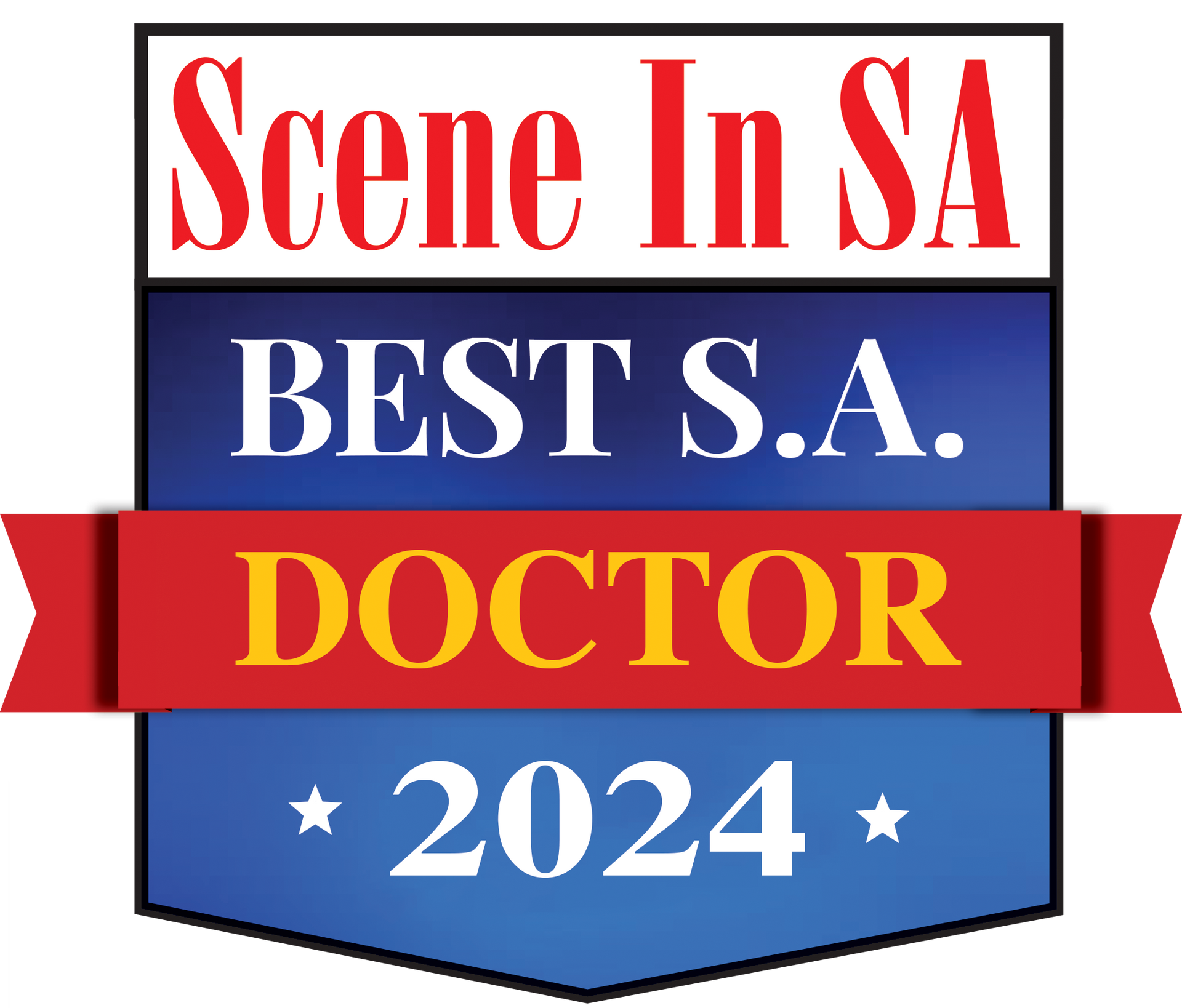Spring Into Vein Health: How to Prevent and Treat Varicose Veins
As warmer days approach and shorts season looms, many people become more conscious of their leg appearance. For those with varicose veins, spring can bring anxiety rather than joy. Learn effective strategies to prevent varicose veins, understand treatment options, and discover how to maintain healthy veins year-round.
Understanding Varicose Veins: More Than Just a Cosmetic Concern
Varicose veins affect approximately 35% of people in the United States, appearing as enlarged, twisted, and often bluish cords just beneath the skin's surface. While many consider them primarily a cosmetic issue, at The Vein Institute, we recognize them as indicators of underlying vascular health concerns.
These troublesome veins develop when the one-way valves within your veins weaken or become damaged. Instead of efficiently pushing blood upward toward your heart, these compromised valves allow blood to pool, causing veins to enlarge and potentially leading to discomfort and complications if left untreated.
Common Symptoms Beyond Appearance
While the visible appearance of varicose veins is often the first concern, many patients experience physical symptoms including:
- Aching or heaviness in the legs, especially after standing
- Burning, throbbing, or muscle cramping
- Swelling in the lower legs
- Itching around affected veins
- Skin discoloration or hardening
- Restless legs, particularly at night
- Pain that improves when legs are elevated
These symptoms often worsen during warmer spring and summer months when heat causes veins to dilate further.
Why Spring Is the Ideal Time to Address Vein Health
As winter coats and long pants give way to lighter clothing, addressing vein health becomes a priority for many. Beyond aesthetic concerns, spring offers several practical advantages for focusing on varicose vein prevention and treatment:
Recovery-Friendly Weather
Most varicose vein treatments require wearing compression stockings during recovery. Spring's moderate temperatures make this requirement more comfortable than summer heat or winter's bulky clothing layers.
Treatment Timing
Planning treatments in spring allows recovery before summer activities and travel. Most minimally invasive procedures offered at The Vein Institute allow patients to resume normal activities quickly, but optimal results may take a few weeks to fully develop.
Prevention Opportunity
Increasing outdoor activity in spring creates the perfect opportunity to establish healthy habits that support vein health before summer heat potentially exacerbates symptoms.
Top Strategies to Prevent Varicose Veins This Spring
While some risk factors like age, gender, and family history can't be changed, many effective strategies can help prevent varicose veins or slow their progression:
1. Prioritize Regular Movement
Prolonged sitting or standing significantly increases pressure in your leg veins. This spring, incorporate these movement strategies:
- Set hourly reminders to walk for 5 minutes if your job requires sitting
- Perform simple calf raises and ankle flexes when standing in place
- Consider a standing desk that allows position changes throughout the day
- Plan short walking breaks during road trips or flights
Even brief movement helps activate your calf muscles, which act as natural pumps to push blood upward against gravity.
2. Elevate Legs Strategically
After a day of increased activity or standing, elevate your legs above heart level:
- Lie on the floor with legs extended up a wall for 10-15 minutes
- Use pillows to elevate legs while sleeping or relaxing
- Try inversion exercises if appropriate for your fitness level
- Consider adjustable furniture that facilitates leg elevation
This simple practice uses gravity to assist blood flow and reduce pressure in leg veins.
3. Maintain Healthy Weight
Excess weight places additional pressure on veins, particularly in the legs. Spring offers fresh opportunities for weight management:
- Take advantage of seasonal produce becoming available
- Establish outdoor exercise routines in pleasant weather
- Join community fitness activities that resume in spring
- Set realistic goals that align with vein health improvement
Even modest weight loss can significantly reduce pressure on leg veins and improve symptoms.
4. Choose Appropriate Exercise
Not all exercise equally benefits vein health. Consider these vein-friendly options:
- Highly Beneficial:
- Walking
- Swimming
- Cycling (stationary or outdoor)
- Yoga (especially inversions and legs-up positions)
- Water aerobics
- Use Caution With:
- High-intensity weight lifting
- Long-distance running on hard surfaces
- Activities involving heavy jumping or impact
- Exercises requiring prolonged standing without movement
The ideal exercises promote circulation without excessive strain or pressure on leg veins.
5. Consider Compression Support
Compression stockings provide graduated pressure that helps veins function more efficiently:
- Wear compression when prolonged sitting or standing is unavoidable
- Consider lower compression options during everyday activities
- Explore newer, more breathable materials for spring weather
- Ask about prescription-grade compression during your visit to The Vein Institute
Modern compression options include a variety of styles suitable for everything from athletic activities to professional attire.
Lifestyle Adjustments for Optimal Vein Health
Beyond specific prevention strategies, certain lifestyle choices significantly impact vein health:
Hydration and Nutrition Focus
- Maintain optimal hydration to prevent blood thickening
- Incorporate flavonoid-rich foods like berries, citrus, and dark leafy greens
- Reduce sodium intake to prevent water retention
- Consider vitamin C-rich foods to support vein wall integrity
- Limit alcohol consumption, which can contribute to vein dilation
Wardrobe Considerations
As you transition to spring clothing:
- Avoid constrictive garments that restrict circulation
- Choose breathable fabrics that prevent overheating
- Consider looser waistbands that don't compress abdominal veins
- Select supportive, properly fitted footwear
Sleep Positioning
Quality sleep in proper positions supports vein health:
- Elevate legs slightly with pillows while sleeping
- Avoid crossing legs during sleep
- Consider adjustable beds that facilitate elevation
- Address sleep apnea, which can contribute to vascular issues
When to Seek Professional Treatment
While prevention strategies benefit everyone, existing varicose veins typically require professional intervention. Consider consulting The Vein Institute if you experience:
- Veins that are painful, tender, or warm to touch
- Increasing leg swelling despite elevation
- Skin changes like discoloration or hardening
- Leg ulcers or open sores
- Bleeding from varicose veins
- Symptoms that interfere with daily activities
- Concerns about appearance affecting quality of life
Early intervention often prevents progression to more serious conditions like chronic venous insufficiency or deep vein thrombosis.
Advanced Treatment Options Available at The Vein Institute
Modern varicose vein treatments have evolved significantly, with most procedures being minimally invasive and requiring little to no downtime. At The Vein Institute, we offer comprehensive options including:
Endovenous Laser Treatment (EVLT)
This outpatient procedure uses laser energy to seal problematic veins:
- Performed under local anesthesia
- Typically completed in less than an hour
- Allows immediate walking and normal activities
- Results in minimal discomfort and excellent outcomes
- Requires only tiny access points rather than surgical incisions
Sclerotherapy
Ideal for smaller varicose veins and spider veins:
- Involves injecting a solution that causes veins to close
- Requires no anesthesia
- Takes just minutes to perform
- May require several sessions for optimal results
- Perfect for addressing cosmetic concerns
Phlebectomy
For larger surface veins that may not respond to other treatments:
- Removes problematic veins through tiny incisions
- Requires only local anesthesia
- Results in immediate improvement in appearance
- Treats veins that are too large for sclerotherapy
- Leaves minimal to no scarring
The Patient Experience at The Vein Institute
When you schedule a consultation with our team, you can expect:
Comprehensive Evaluation
- Detailed medical history review
- Physical examination of affected areas
- Advanced ultrasound imaging to assess vein function
- Discussion of symptoms and concerns
- Evaluation of treatment options specific to your condition
Personalized Treatment Planning
Our vascular specialists create individualized plans considering:
- Severity of your vein condition
- Underlying causes requiring treatment
- Your lifestyle needs and recovery preferences
- Insurance coverage and financial considerations
- Long-term vein health maintenance
Supportive Follow-Up Care
After treatment, we provide:
- Clear recovery guidelines
- Compression recommendations specific to your case
- Lifestyle modifications to enhance results
- Ongoing monitoring of vein health
- Preventative strategies to reduce recurrence
Take Action This Spring for Healthier Veins
Don't let another season pass while dealing with the discomfort and appearance of varicose veins. Spring offers the perfect opportunity to address these issues before summer activities begin.
At The Vein Institute, our team specializes exclusively in vein health, offering the most advanced and effective treatments available. Our physicians are board-certified vascular specialists dedicated to providing compassionate care and exceptional results.
Contact The Vein Institute today to schedule your comprehensive vein evaluation and discover how our treatments can help you step into spring with confidence and comfort.
